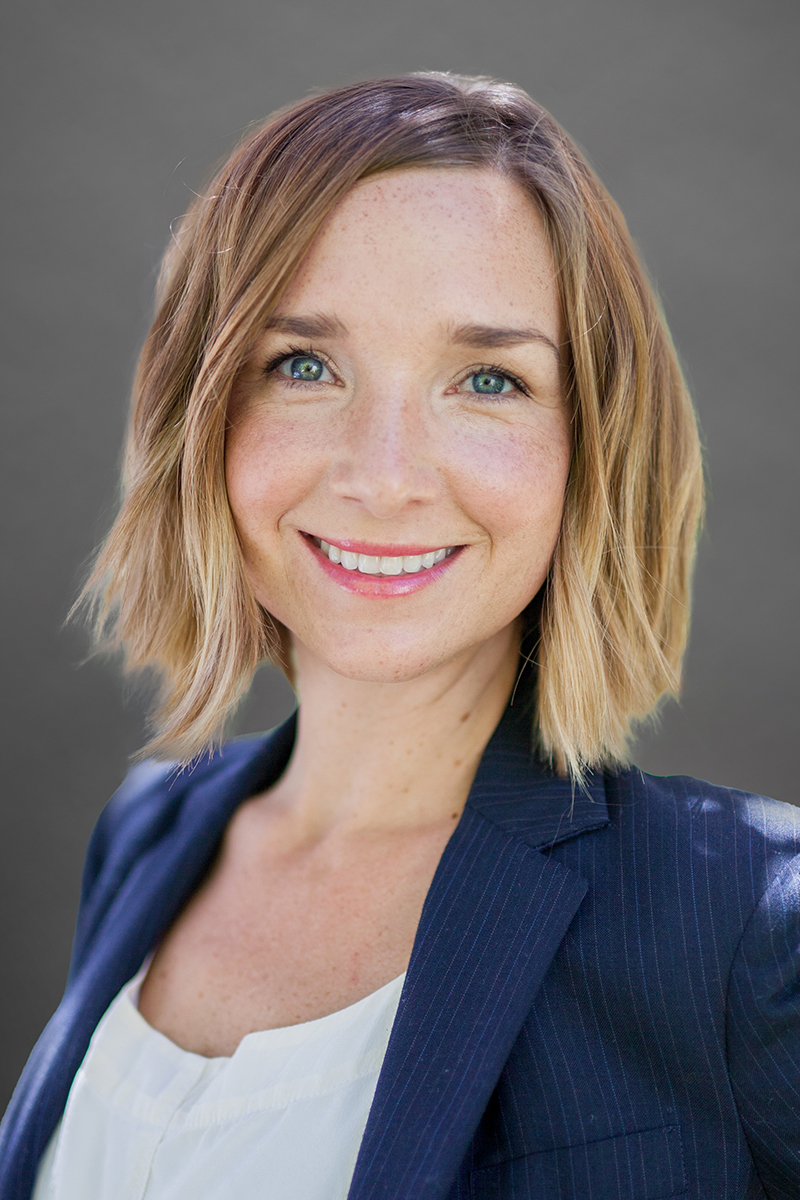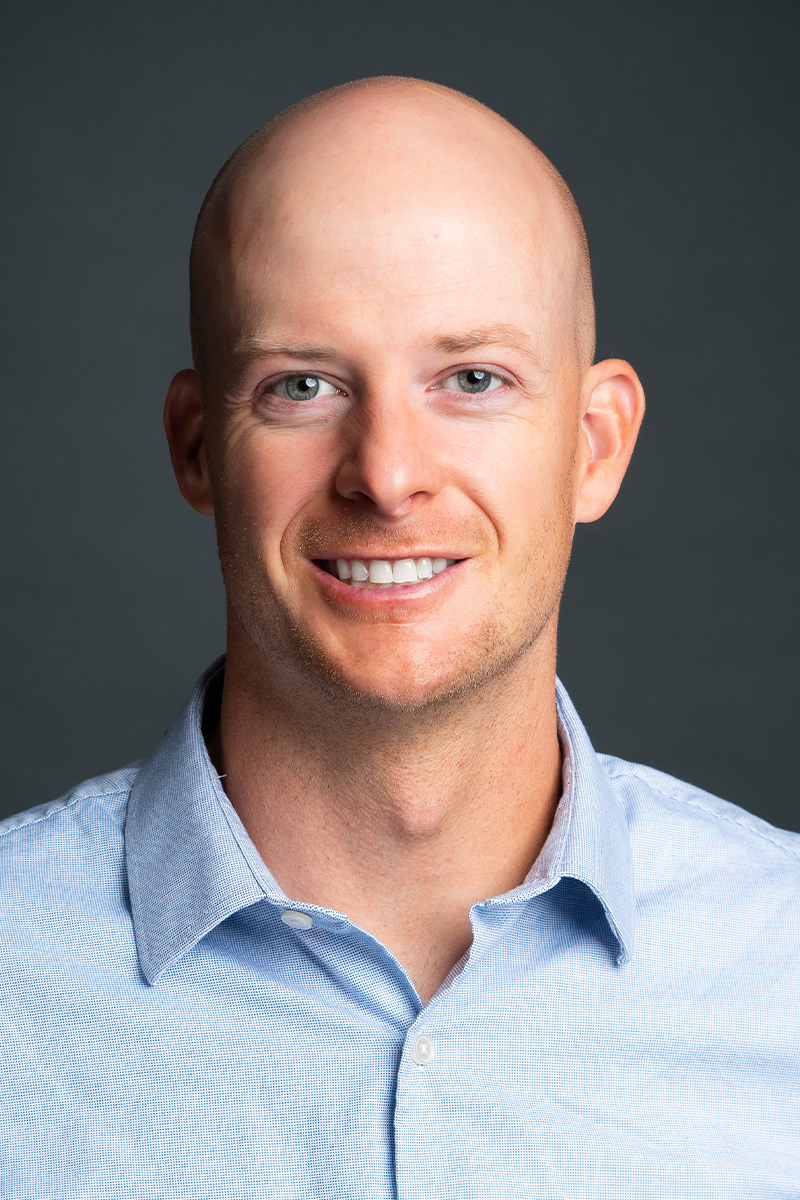Protecting your self from the sun’s harmful rays is important year-round. It’s especially important during the summer months when you and your family spend a lot of time outdoors. Here are some facts to help you stay “Sun Safe” as you play and work under the sun.
TYPES OF RAYS: Excessive exposure to both forms of UV rays (through the sun, tanning beds or lamps) are carcinogenic, meaning they can cause cancer.
- Ultraviolet A (UVA) rays Age the skin, causing spots and wrinkles; pass through glass and penetrate into deeper layers of the skin.
- Ultraviolet B (UVB) rays: Burn the skin; are blocked by window glass
Even on cloudy days, up to 80 percent of the sun’s ultraviolet rays can pass through the clouds and commence damaging the skin. Sun exposure at the beach is magnified as the UV rays penetrate through water and are reflected off the sand. Despite cooler temperatures in the snow or mountains, snow reflects 80 percent of the sun’s rays and each 300-meter gain in altitude adds 4 percent to the sun’s intensity.
The American Academy of Dermatologyrecommends that, regardless of skin type, a broad-spectrum (protects against UVA and UVB rays), water-resistant sunscreen with a Sun Protection Factor (SPF) of at least 30 should be used year-round.
AVOID SKIN DAMAGE: There is no such thing as a “good” tan. A tan is simply the skin’s response to injury through the production of melanin as the UV rays penetrate the deeper layers of skin. Damage to the skin begins with the first minute of exposure and one blistering sunburn during childhood more than doubles a person’s chance of developing melanoma later in life. You can protect your skin by:
- Wearing protective clothing
- Seeking shade(the strongest rays are between 10 a.m. and 4 p.m)
- Checking your BIRTHDAY SUIT on your birthday
- Recognizing and evaluating any changing, growing, bleeding
or repetitive flaking of the skin
ABCD’s of Skin Cancer
A for Asymmetry (both sides should look the same if cut in half)
B for Border (uneven, notched or blurred borders)
C for Color (multiple, uneven, blue, black, sometimes red or brown)
D for Diameter (no more than 6 mm, the size of a pencil eraser)
E for Elevation/Evolving (raised with uneven surface or changing)
Skin cancer is very treatable when caught early!
CHOOSE A SUNSCREEN:
- SPF stands for SUN PROTECTION FACTOR against UVB, the sun’s burning rays. It tells how many more minutes you can be protected from burning with sunscreen on, compared to no sunscreen at all.
- SPF rating is not necessarily predictive of the amount of protection. An SPF of 30 screens 97 percent of UVB rays, whereas an SPF of 15 screens 93 percent of UVB rays, and an SPF of 2 screens 50 percent of UVB rays. No sunscreen can provide 100 percent UVB protection.
For example: if it normally takes 10 minutes for the skin to turn red without protection, a sunscreen with an SPF of 15 would take 15 times longer for the skin to burn.
10 (minutes) x 15 (SPF) = 150 minutes
- Use a sunscreen with good broad-spectrum coverage against UVA and UVB rays (such as products containing titanium dioxide or zinc oxide).
- The type of sunscreen used is a personal choice. Creams work well for dry skin and on the face, gels are good for hairy areas on the scalp or chest and sticks are good around the eyes.
LATHER UP!
- Apply sunscreen 15 to 30 minutes before going outdoor, paying particular attention to the face, ears, hands, and arms. Don’t forget to use a lip balm with an SPF of at least 30.
- Reapply every two hours, after swimming or sweating. Sunscreens will rub off and wash off. Even
water-resistant sunscreens lose effectiveness after about 40 minutes in the water.
- Cosmetic products containing sunscreen, also need to be reapplied to achieve continued UV protection.
- The FDA requires that all sunscreens remain stable and at their original strength for at least three years.
NOTE: Sunscreen was originally thought to impact the innate production of vitamin D. New research is showing this may not be the case. If you are concerned about low vitamin D levels, a supplement of 1000-2000 IU daily is usually sufficient. Please consult your health care provider for questions or further explanation.
Keep skincare simple
MORNING ROUTINE:
Wash with mild soap and apply a moisturizer containing sunscreen and niacin
EVENING ROUTINE:
Gently exfoliate using a washcloth and mild soap
Moisturize with a cream containing Vitamin A and Vitamin C
A few good choices are:
Oil of OlayÔRegenerist Perfecting Cream or Total Effects 7 in 1
NeutrogenaÔ Healthy Skin Anti Wrinkle Intensive Night Cream or Original Formula
CliniqueÔ Repairwear Intensive Night Lotion, Moisture In-Control Oil-Free Lotion or Super Rescue Antioxidant Night Moisturizer
Mary KayÔ Timewise Targeted Action Line Reducer



